
Tourists take photos in front of the main sculpture at the 37th Sun Island International Snow Sculpture Art Expo in Harbin, Heilongjiang province, on Thursday. The sculpture, 100 meters long and 30 meters high, used 30,000 cubic meters of snow and took around nine days to complete. Featuring birds and plum blossoms, the sculpture conveys the anticipation of a beautiful spring. (ZHANG SHU/FOR CHINA DAILY)
China has seen a growing workforce in the tertiary industry in recent years, driven by the country's improving economic structure and robust employment policies, senior officials said.
Based on the fifth national economic census conducted last year, the tertiary industry contributed 56.3 percent to the nation's GDP in 2023, an increase of two percentage points compared to 2018.
Meanwhile, the workforce in the tertiary industry surged by 25.6 percent to 265 million last year from its 2018 level.
Experts attribute these changes in workforce distribution to industrial restructuring, technological advancements, and the emergence of new forms of employment and societal needs in recent years.
"The tertiary industry has accounted for an increasing proportion of the nation's GDP and has a stronger ability to attract workers," said Wang Guanhua, an official from the National Bureau of Statistics, at a news conference in Beijing on Thursday.
According to the census results, approximately 164 million people were employed in the secondary industry by the end of 2023, a decrease of 4.8 percent, or 8.26 million people, compared to 2018, the year of the previous national economic census.
Wang noted that technological advancements have also played a significant role in shaping the current division of labor.
"China's manufacturing efficiency has improved with the help of smart facilities and tools. Some roles previously part of the manufacturing sector, such as design or quality detection, have transitioned into jobs within the tertiary industry due to internet technology development and a more refined social division of labor," she said.
She added that the tertiary industry has demonstrated a strong capacity to attract workers, bolstered by the growth of newly emerged service-related sectors over the past five years.
"By the end of 2023, the working population in the information transmission, software services, and information technology services sector had grown by 5.07 million compared to 2018, thanks to the development of the digital economy," Wang said.
She emphasized that these workforce shifts between the secondary and tertiary industries align with the regular patterns of socioeconomic development in the context of structural transformations.
However, Wang cautioned that structural imbalances in employment remain a challenge, necessitating more supportive government policies.
China conducted its first national economic census in 2004. The fifth census aims to survey the development, layout and economic scale of the nation's secondary and tertiary industries.











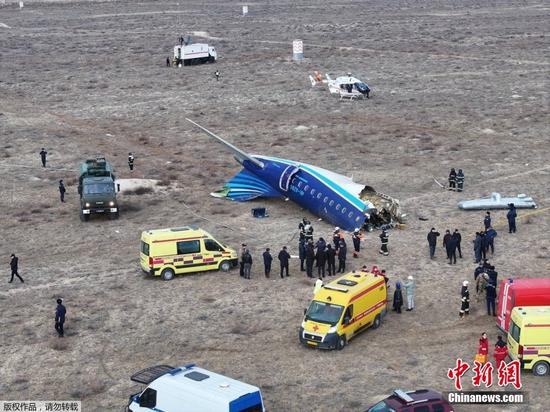
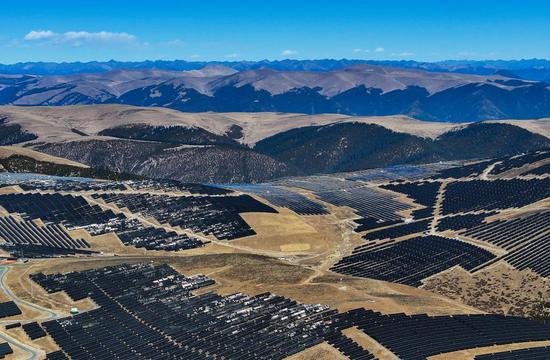













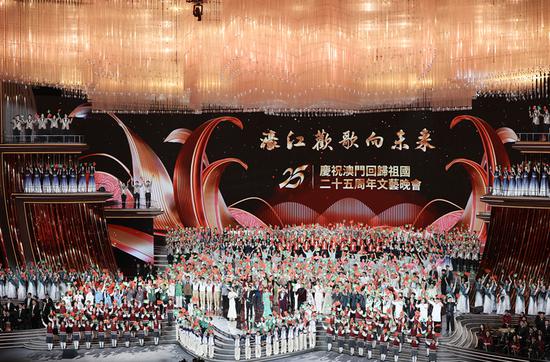



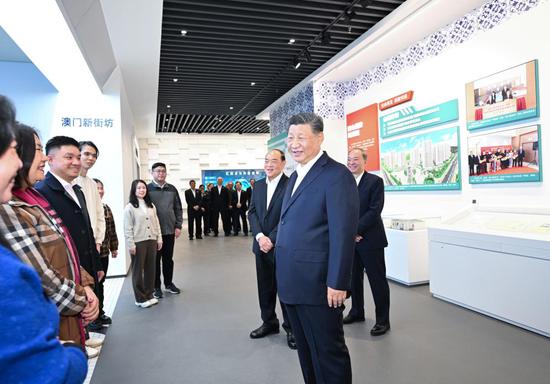




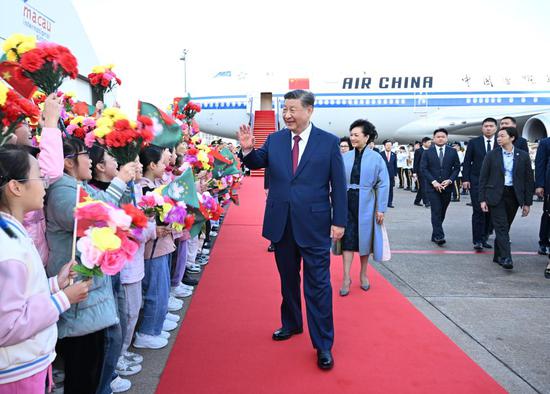














 京公網(wǎng)安備 11010202009201號
京公網(wǎng)安備 11010202009201號